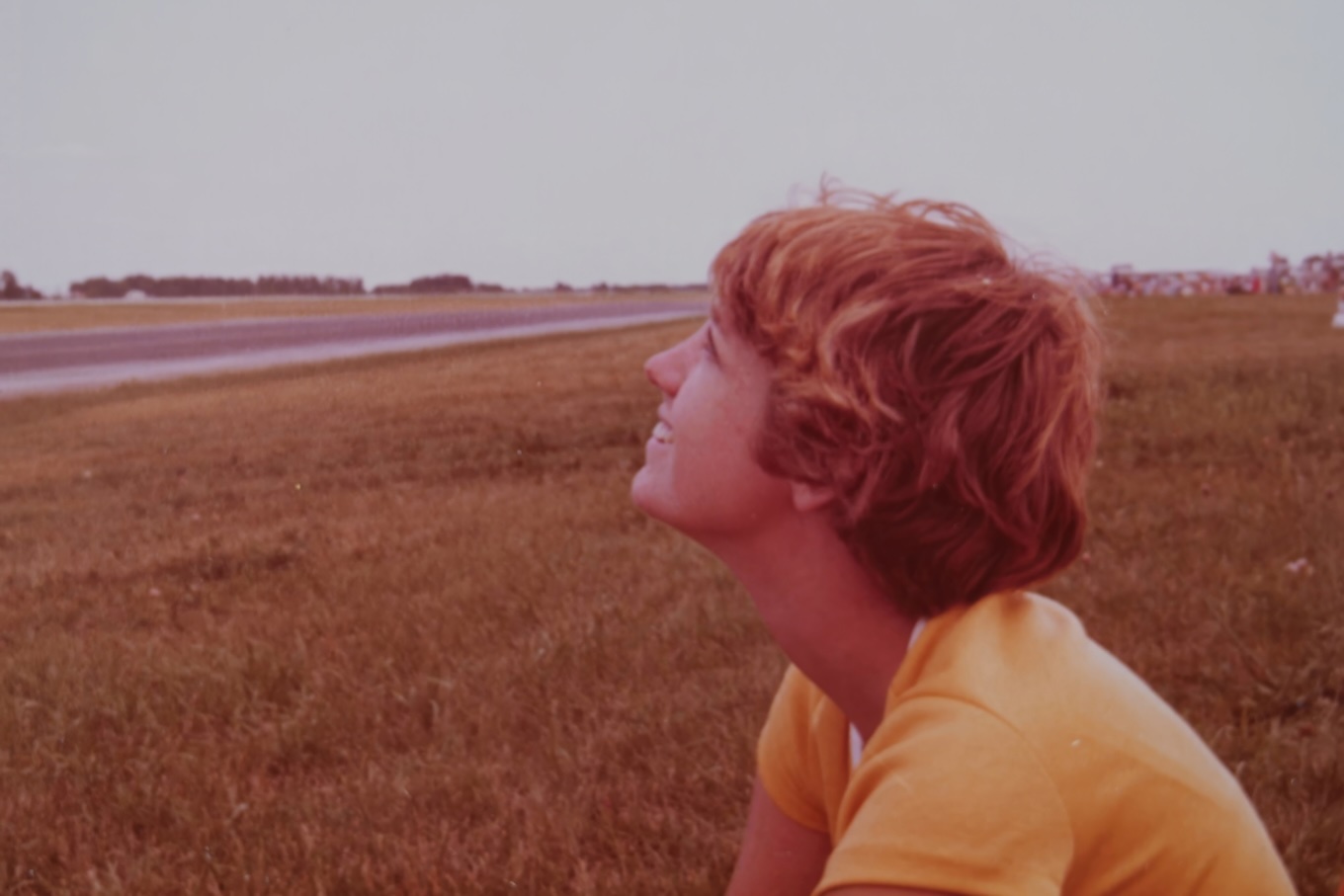31.03.2025

Hannah Berryman’s documentary “Spacewoman” chronicles the life and career of astronaut Eileen Collins, the first woman to pilot and command a spacecraft in an era where many men still thought there was no place for women in space. During her time working at NASA in the 1990s, Collins broke many glass ceilings, which culminated in four dramatic and dangerous space shuttle missions. Through archival materials and intimate interviews, Berryman’s doc celebrates Collins’ groundbreaking work in space while also considering the emotional drama Collins’ family experienced during her trailblazing career.
The film is timely, given the fact that in February, U.S. President Donald Trump ordered NASA to purge diversity, equity, and inclusion frameworks specifically targeting women in leadership. In 2023, NASA proclaimed that it would “land the first woman, first person of color, and first international partner astronaut on the moon using innovative technologies to explore more of the lunar surface than ever before.” However, since Trump’s February mandate, that language has been removed from NASA’s website.
Berryman has made several documentaries about influential women, including Princess Margaret (“Princess Margaret: The Rebel Royal”) and Coco Chanel (“Coco Chanel: Unbuttoned”).
The director spoke to Variety about “Spacewoman,” which made its European debut in CPH:DOX earlier this week..
“Spacewoman” is based on the 2021 book “Through the Glass Ceiling to the Stars.” Did you read the book and immediately know that you wanted to make a doc, or did someone suggest making a doc about the book?
Berryman: The producer, Keith Haviland, has been involved with making major space films, and thought Eileen’s story was of special interest. After optioning her book, he came to me with fellow producer Natasha Dack, who knew my work, to see if I was interested in making a film about Eileen. I read the book and immediately wanted to make the documentary. Eileen wasn’t from a privileged background and had issues from that to deal with. She became a pilot and then the first woman to pilot and command a space shuttle through sheer willpower. Alongside all that was the complex emotional journey for her own family. It was this engrossing story and the fact that she became a pioneer in this new world for women that made me want to make the film.
Why does it make sense to tell the story of Eileen Collins now?
There have had many films made about male astronauts, and I was very surprised there hadn’t been a film about the first woman to pilot and then to command a spacecraft. Piloting was such a testosterone-driven arena in the 1970s and ’80s, the world of “Top Gun.” It was really extraordinary to have been a woman breaking through into this world at that time. Since NASA now plans to send a crew to the moon again that will, this time, include women, it made sense to look back at the story of this woman who trail-blazed for other women to follow.
You have made several films that profile women. What about that topic intrigues you the most?
I really only make films that I can connect with personally, and I guess as a woman, it is easier for me to connect with the experience. It’s also great to be able to look at the lives of women doing something totally new to me, finding out about being a woman in their worlds, and trying to delve into the broader themes each of their stories touch on. With Eileen, I was interested in how her difficult background had, in a way, helped her to conquer fear more easily, a skill she’d had to develop as a child. And this grit was necessary to do the work she did, pioneering in the dangerous world of aviation, especially when it came to piloting the space shuttle. Yet on a private level, conquering this fear and being able to compartmentalize emotion, something women have traditionally not been seen as doing as much, had implications for her in terms of family life and motherhood when her turn came. So in a way, the film turns into a meditation on fear, emotion, and family life, and all the ways that can work.
The first and second half of “Spacewoman” are structured differently. Can you talk about how you decided to structure the film and what was behind that decision?
I like films that start one way and give you something you didn’t expect by the end. When you start the film on Eileen, you know it will be a film about firsts for a woman. Establishing the person Eileen was, and the unlikely background she had, together with the challenges faced by women back then, was crucial as the film’s beginning. Then it turns a corner and becomes a film about a commander in charge of an experimental and hazardous mission, the return-to-flight after NASA lost the whole crew in the Columbia accident. Her being a woman is only part of the story – and that’s how it should be. Her background and family situation in the present continues to be woven through, hopefully giving the whole story added emotional weight – so that you come out both with an understanding of an incredible woman, and with thoughts about the nature of human risk-taking in general, and especially in space.
National Geographic released “Sally” about Sally Ride, the first American woman to blast off into space, at Sundance. Does that concern you in terms of finding distribution for this doc?
We are optimistic. Sally Ride has a different story since she wasn’t a pilot, but rather a scientist who went to space in this capacity and was the first woman to do that. We also want “Sally” to be a tremendous success. After all, there have been many films about male astronauts, surely there’s room for more than one film about the women.
“Spacewoman” is a Haviland Digital Production in association with TigerLily Films.
Quelle: Variety
